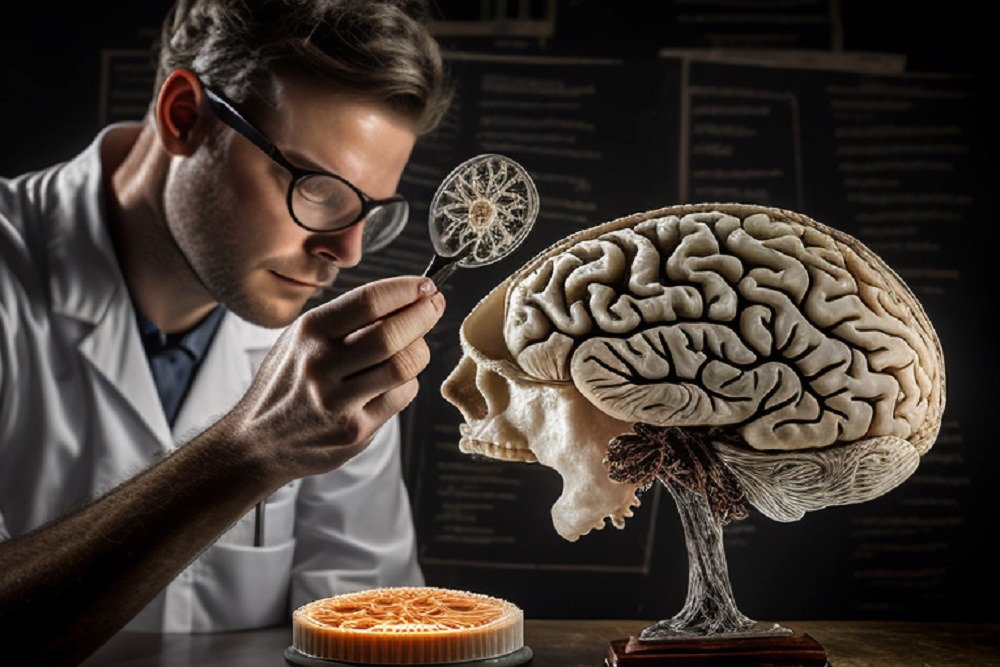How is the brain of a person experiencing a lucid dream (LD) structured? Which specific areas are responsible for the “switching” into a state of lucidity? These are purely physiological and medical questions that were raised by an international group of researchers that included Georg Northoff (Canada, China), Andrea Scalabrini (Italy), and Stuart Fogel (Canada).
As the authors note, dreams are one of the most peculiar states of consciousness. They lie somewhere between wakefulness and the unconscious, showing us fanciful images that are somehow related to our daily experiences. However, things get even more complicated in LDs: there is increased functional connectivity between the prefrontal and temporo-parietal cortex. The state of lucid dreaming itself is associated with increased activation of the precuneus, parietal, prefrontal, and temporal cortices, as well as sensorimotor areas.
The researchers note the particular importance of the following brain areas:
1. The central executive network (CEN). With its help, we perceive and process information. According to the authors, we cannot control the content of ordinary dreams due to decreased CEN activity. Meanwhile, during LDs, the CEN is activated, which may allow increased control and an understanding that the dreamer is asleep.
2. The default mode network (DMN). It is activated when a person is idle, absorbed in oneself, or daydreaming.
3. The dorsolateral prefrontal cortex. It is responsible for memory and thinking. Its high or low activity influences the emergence of lucid or non-lucid dreams.
4. In turn, the temporo-parietal junction affects the emergence of another phase state—out-of-body experiences (which are also enhanced in LDs).
Would you agree to switch the necessary part of your brain into a state of lucidity if science were to offer this option?
The article was published in March 2023 in Neuroscience & Biobehavioral Reviews.
Get all the latest news about lucid dreams via our channels on Telegram, Facebook, Twitter




